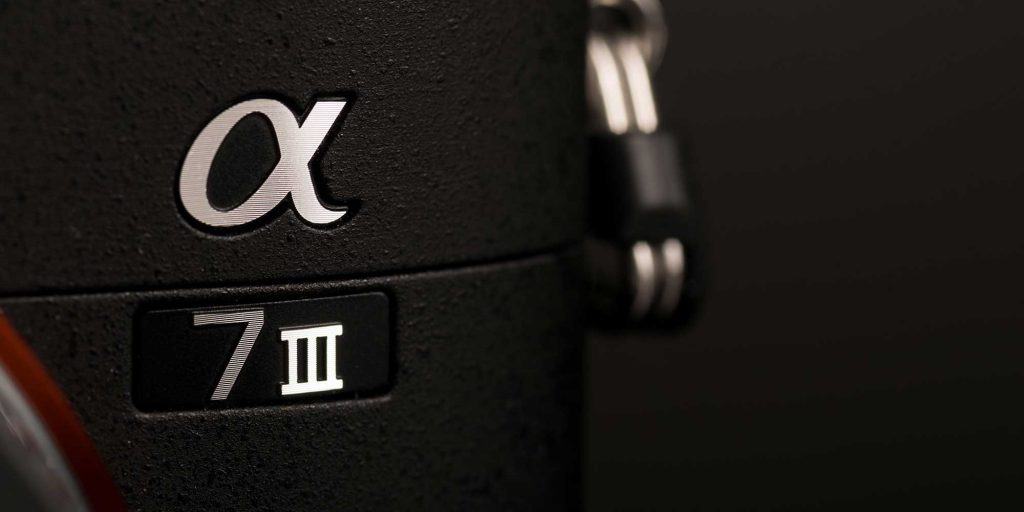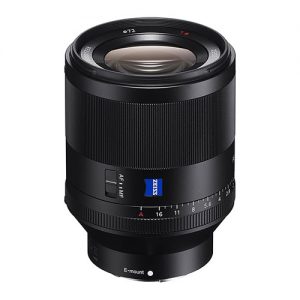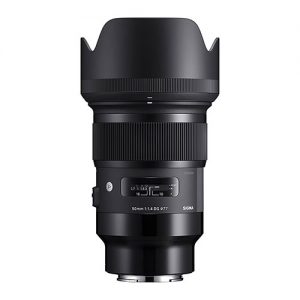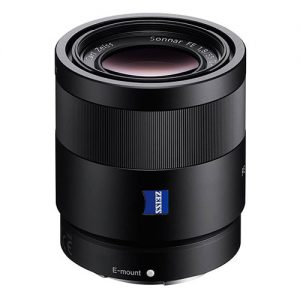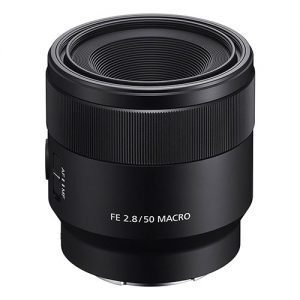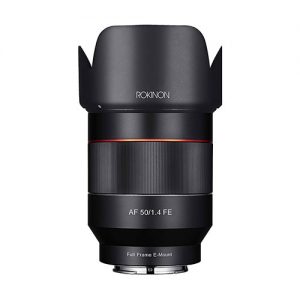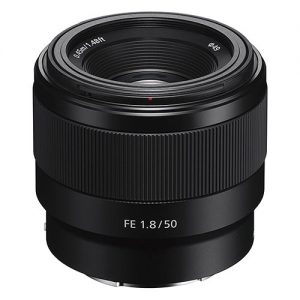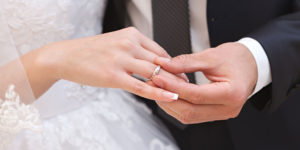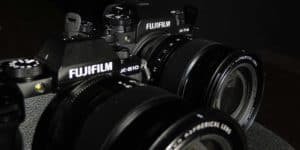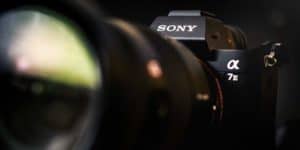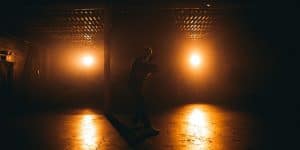Skilled photographers know that what will truly permit their photographic skills to shine is the more neutral perspective of a “nifty fifty”.
No matter whether you shoot landscapes, portraits, architecture, fashion, nature, food, street photography – or indeed virtually any other genre of photography – you really should make room in your bag for a 50mm lens.
Looking to upgrade from the kit zoom that came with your Sony Alpha 7III? About to make your first foray into the world of prime lenses? A 50mm lens is probably the most logical place to start.
But with a wide array of standard lenses on offer for the a7III from both Sony and third party manufacturers, it can be difficult to know which 50mm will be best suited to your photographic needs.
Problem solved; in this guide I review six of the better options currently available for the Sony a7III, before considering which are the main specs and features to look out for when purchasing a 50mm lens.
Read on for the full standard lens lowdown.
The Planar T* FE 50mm f/1.4 ZA is a premium lens that comes at a premium price. Although these Sony/Zeiss lenses are not actually produced by Zeiss – but by Sony under license – the optics and coatings are nonetheless all Zeiss’s. Meaning the optics are invariably of the highest quality.
And that’s certainly the case here. Indeed, contrast is great, color-fringing well-controlled, and resolution is fantastic even when used wide open.
Pros
- Amazing Zeiss optics
- Weather sealed
- Excellent bokeh
- Fast maximum aperture
Cons
- Very expensive
- Mediocre autofocus
- Big and heavy
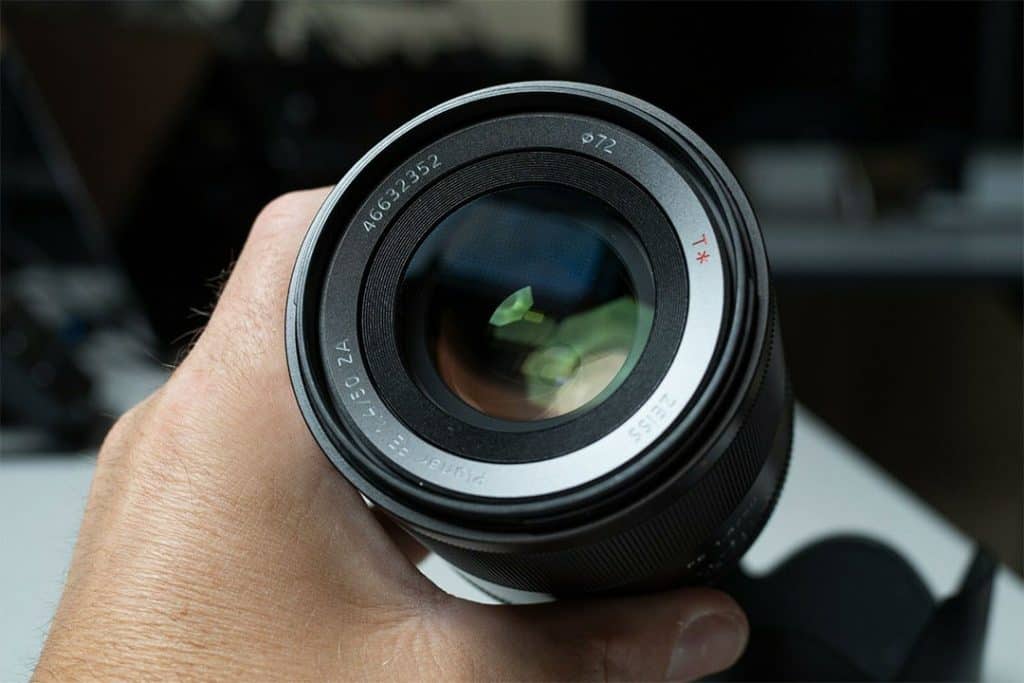
What’s more, the lens maintains sharpness well into the corners, producing stunning detail even when coupled with very high pixel-count cameras.
To cap things off, Bokeh is very soft and pretty, and color rendition is nothing short of stunning.
The only minor optical defects here are some subtle distortion and a touch of vignetting – but in any case the latter has all gone by the time you stop down to f/2.
The lens is weather sealed and very solidly built. And as it comes with a physical aperture ring and nicely reactive “manual” focus (by wire), it’s also a pleasure to use.
Autofocus, too, is undoubtedly very good. However, it should be noted that performance here is not as impressive as some of the other lenses in Sony’s G-Master range.
For a start, there’s just a slight degree of audible motor noise.
And for smoother and quieter focusing the cheaper Sonnar T* 55mm lens actually performs better.
More seriously, though, the 50mm Planar suffers from some occasional front focusing issues when faced with a fast moving subject.
Meaning that it’s perhaps not the best choice for sports or other types of action photography.
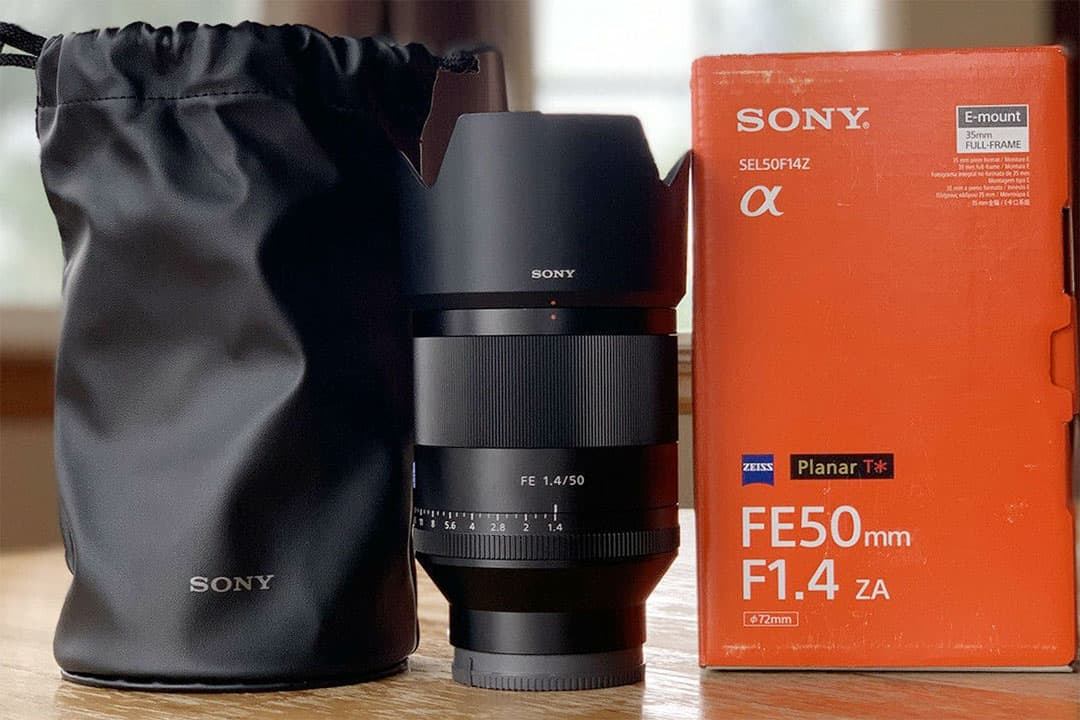
Otherwise, though, the Sonnar T* 50mm f/1.4 is a truly beautiful 50mm lens that – despite some stiff competition – takes the top spot on our list of the best 50mm lenses for the Sony a7III.
For some convincing (and cheaper) alternatives, however, read on.
The Sigma Art 50mm f/1.4 is a third party lens that gives the excellent Sony Planar 50mm a real run for its money – but at a considerably lower price point.
The Sigma displays brilliant sharpness and contrast at the center of the frame; certainly comparable to the Planar, if not actually a touch better.
Pros
- Extremely sharp
- Great bokeh
- Weather sealed
- Fast maximum aperture
Cons
- Very big
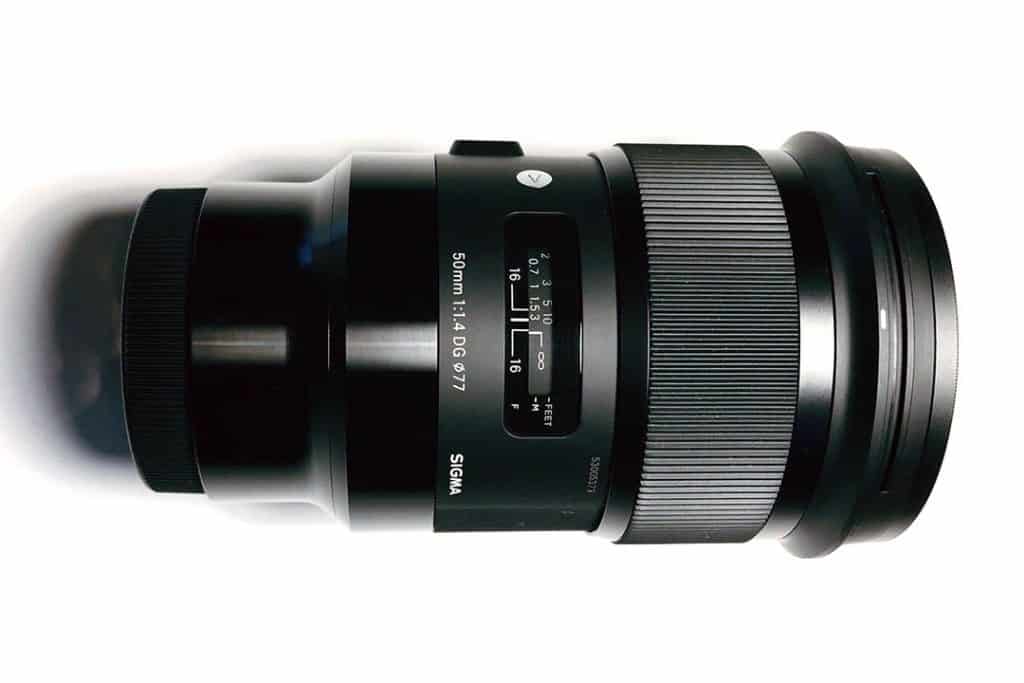
True, the Sigma is slightly softer than the Planar in the corners when used wide open. But the difference here is very minor, and in reality both lenses perform very well.
In any case, the Sigma becomes supremely sharp from edge to edge once you stop down to f/2.8 and beyond.
The Sigma’s color rendition is very good, but verges slightly on the warm side.
Still, when you consider that most people will adjust the colors in post anyway, this is hardly a major defect.
The lens displays almost no chromatic aberration, only minimal flare, and just a touch of ghosting. In short, there’s nothing much to worry about on the optical side of things either.
What’s more Bokeh is really great, although marginally busier than with the Planar. Again, though, the differences here are not all that significant.
The Sigma lens is also weather sealed with a rubber gasket at the lens mount.
However, as if the Sony Planar wasn’t already bulky enough, this thing is even bigger still. And like the Planar, it also lacks internal image stabilization – but this isn’t really an issue for a7III users, who in any case benefit from in-camera stabilization.
AF speed and accuracy is at at least as good as with the Planar, if not better.
Although be aware that there is some noise from the focus motors, so it’s less suitable for video unless you put focus into Video Mode. At which point the lens is near silent (but with a corresponding drop in AF speed).
Manual focus action is fairly satisfying. However, it can sometimes be a chore to make tiny precision adjustments to focus – as is often the case with focus-by-wire lenses.
This lens really is one of the best choices around for portraits, landscapes, street photography, still life and other close-up work with the a7III (although for truly close-up shooting, you’ll need to go for the f/2.8 Macro, below).
And if the Sigma only makes it to second place in our list, this is because the Planar is just marginally better overall – despite my minor reservations regarding it’s AF performance.
In reality, though, the optical differences between the two lenses are so subtle that nobody but a dedicated pixel-peeper is ever likely to notice them.
The disparity in price, however, is very significant indeed. So in this particular case you may well prefer to settle for second best; rest assured that the compromise is very minor.
OK, strictly speaking this isn’t a 50mm lens. But what’s 5mm between friends?
In any case, with such a minor difference in angle of view, anyone looking for a 50mm lens for the Sony a7III would be unlikely to reject the Sonnar T* f/1.8 on focal length alone.
Pros
- Good contrast
- Small and lightweight
- Excellent autofocus
Cons
- Not weather sealed
- Average bokeh
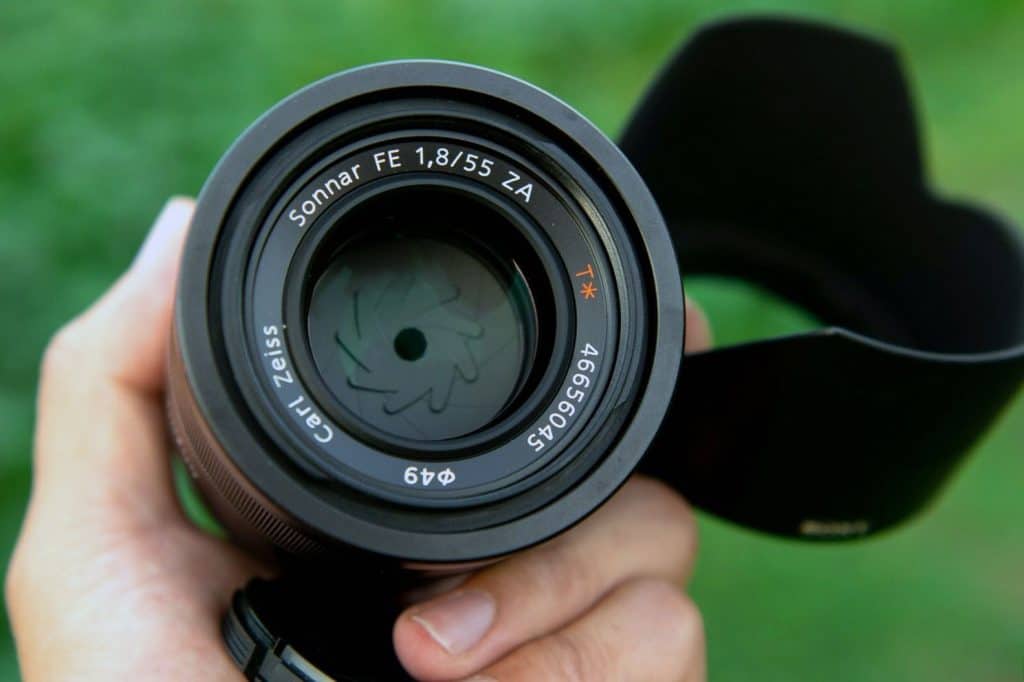
Meanwhile, when it comes to technical spec and optical performance, there are few reasons not to go with this lens either.
In short, as it turns out, one of the best 50mm lenses for the a7III isn’t actually a 50mm lens at all.
The Sonnar T* is the most compact of Sony’s standard lenses, and offers great noise-free autofocus performance, along with satisfying manual focus control.
True, with a maximum aperture of “only” f/1.8, the Sonnar is merely a middling option for low-light photography.
But considering what a comparably sharp f/1.4 alternative will cost you in comparison, this is a compromise many photographers will be happy to make.
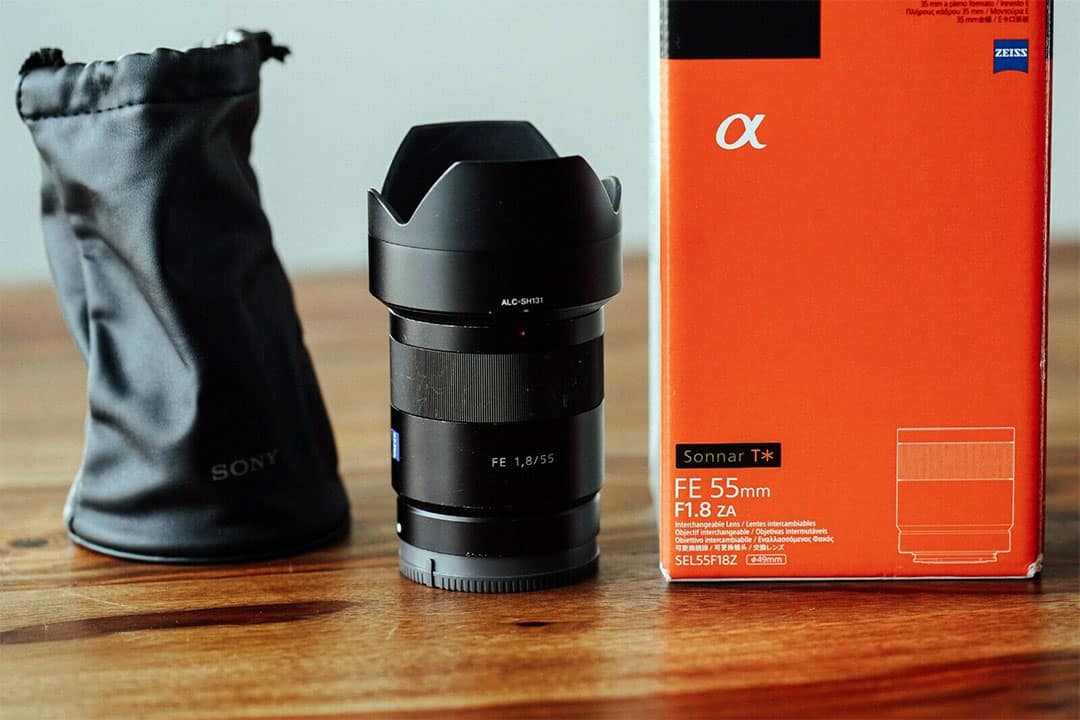
In any case, optical performance here is largely comparable with much more expensive lenses, producing impressively sharp images even at wide apertures.
Admittedly there’s some minor color aberration, and the bokeh is undoubtedly a little less attractive than with either the Planar or Sigma 50mm lenses above, but not to a degree worth worrying about unless you plan on shooting everything up close at f/1.8 the whole time. A great little lens!
For photographers with a passion for the natural world up close, the Sony FE 50mm f/2.8 Macro makes for a sound investment.
This is much more than merely a close-up lens though, and will be of equal interest to everyone from portraitists to landscape photographers.
Pros
- Smooth bokeh
- Well-built
- Moderately priced
- Relatively small and lightweight
Cons
- Slow autofocus
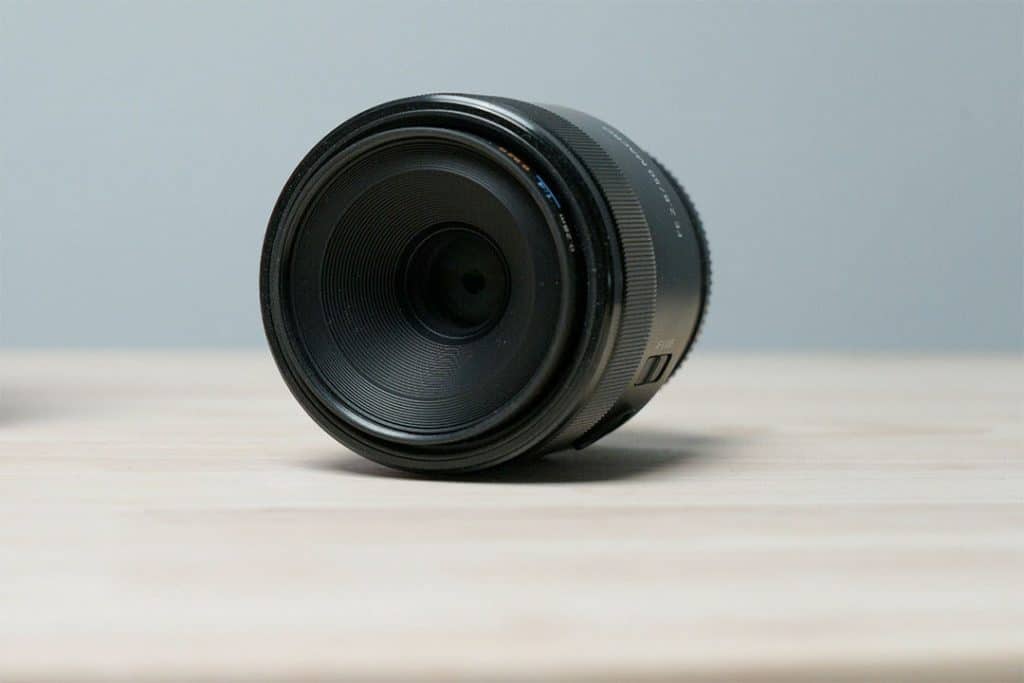
This lens displays great sharpness in the center even when used wide open.
And unusually for a macro lens, sharpness is consistently good whether you focus at 1:1 or infinity.
However, there is some evident drop-off in resolution towards the corners. Despite this, though, there’s still a pretty good level of detail to be found in this area too.
In any case, with macro photography, emphasis is usually on achieving a shallow depth of field – with the subject positioned in the center of the frame and everything else blurred.
So it’s rare for macro shooters to worry too much about corner sharpness anyway.
If you’ll forgive the slightly imperfect circles caused by the lens’s non-rounded aperture blades, bokeh is very smooth and attractive.
However, while color aberrations are well-controlled, and there’s almost no distortion to speak of, vignetting is very evident.
This is of course easy enough to fix at the post-production stage though.
As is fairly typical of macro lenses, autofocus is relatively sluggish and can sometimes “hunt” at closer distances.
With that said, AF is rarely ideal for macro photography anyway, so for most people this will not be a major problem.
Fortunately the by-wire “manual” focus ring is fairly satisfying to use, permitting quite precise results. However, there is a lot of “travel”, so moving from up-close to infinity requires a considerable amount of wrist action.
While sturdily-manufactured from metal and plastic, the FE 50mm f/2.8 is perhaps not up to the same rugged level as the 55mm f/1.8. And is certainly not built to the same standards as the much more expensive Planar 50mm.
Nonetheless, it will be plenty durable for most photographers’ needs.
Very sturdily built from tough metal, and featuring a sleek and simple design, the Samyang/Rokinon 50mm f/1.4 FE is a great option for landscape, product, and portrait photographers on a budget.
While it’s a little bigger and heavier than the average 50mm lens, it isn’t quite as unwieldy as either the Sigma or Planar (above), and is nonetheless nicely balanced when used on the a7III.
Pros
- Great bokeh
- Fast maximum aperture
- Very sharp when stopped down
- Reasonably priced
Cons
- Mediocre resolution at widest aperture
- Noisy AF
- Not weather sealed
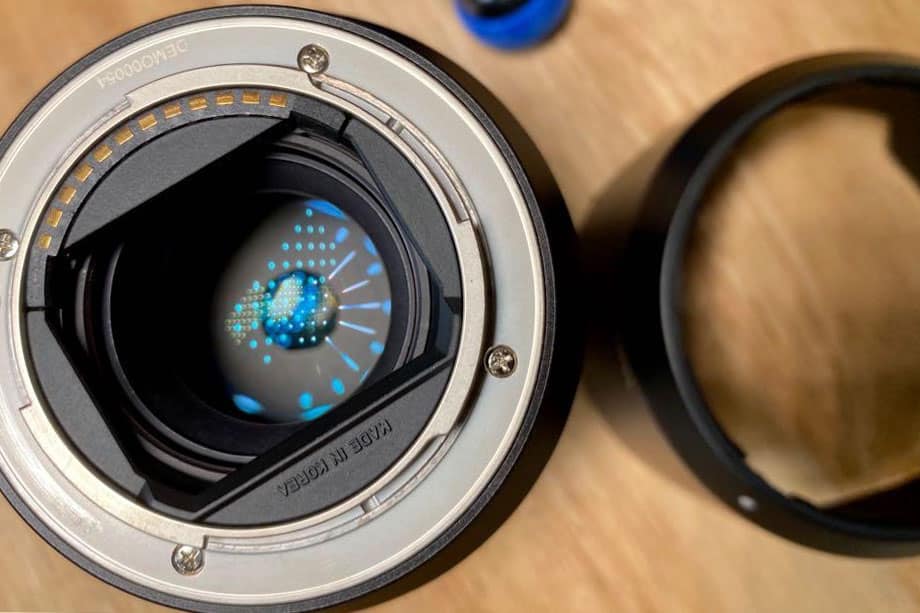
The stripped back design means that there is no physical aperture ring. Indeed the only control you’ll find on the barrel is the focus ring; which provides nicely reactive action.
Meanwhile autofocus is reasonably fast, and extremely accurate. Although there’s a considerable amount of noise from the AF motors, making the Samyang/Rokinon less appropriate for videography.
Wide open, the lens displays moderately good sharpness from center to edge, with resolution noticeably improving by f/2, and reaching peak sharpness at f/2.8 – at which point the Samyang/Rokinon delivers results comparable to even some of the more expensive lenses we look at here.
Unsurprisingly for a 50mm lens, there’s some some flare and ghosting when shooting into the light. But not to a degree that should discourage any potential buyers. More positively, bokeh, is very pretty, making this lens a particularly good choice for portraiture.
At less than half the size of the Planar and Sigma (above), Sony’s FE 50mm f/1.8 makes for a very discrete and un-intrusive solution for shooting portraits, weddings, reportage, and street photography.
Unfortunately, though, it’s the least impressive of all the Sony 50mm lenses in terms of sharpness.
Pros
- Small and light
- Some weather sealing
- Very attractively priced
Cons
- Displays focus breathing
- Noisy autofocus
- Average optics
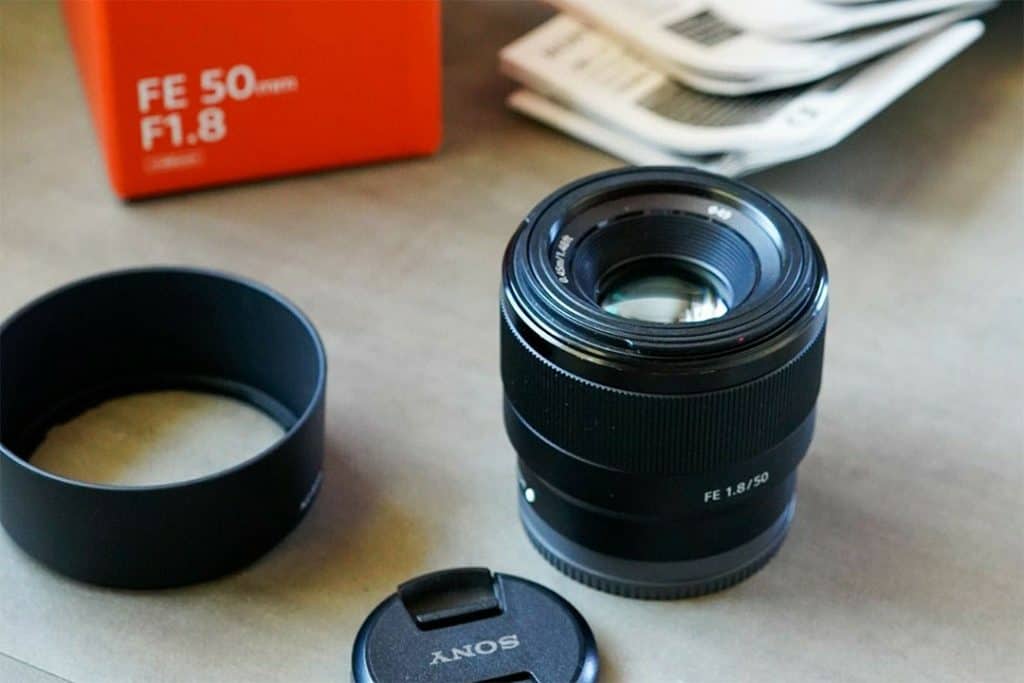
Which isn’t to say that it’s unusable – far from it – but merely that buyers shouldn’t expect anything approaching the same degree of optical clarity and precision offered by the 50mm models nearer the top of this list.
In practice this means only average central sharpness, and a noticeable degree of fuzziness towards the edges of the frame.
What’s more, when fully zoomed in, images shot with this lens display some quite evident magenta and green fringing.
Autofocus does a pretty good job most of the time, and isn’t much worse than the top end lenses we look at here.
However it’s relatively noisy, and there’s some very clear focus breathing; i.e. magnification changes slightly when you adjust focus.
Meanwhile the universally disliked focus-by-wire system makes this lens almost impractical for video focus pulls (but be aware that none of Sony’s 50mm models offer true manual focus anyway, so this shouldn’t be seen as a defect of merely the FE 50mm f/1.8). All in all, this combination of minor annoyances makes the lens an overall less appealing option for videography.
While Sony says that the 50mm f/1.8 is weather sealed, quite how much protection the lens really offers in this department is open to some doubt, as there is no rubber gasket at the lens mount. Meanwhile the lens doesn’t feature a physical aperture ring, but instead aperture must be set via the camera itself.
If you are looking to trade in your a7III kit zoom for a set of prime lenses – but cannot stretch to the eye-watering prices of Sony’s GM series – the FE 50mm f/1.8 will do a perfectly good job and comes in at about a 10th of the cost of the Planar T* (above).
However, for improved sharpness at both the corners and the center of the image, you’ll need to invest considerably more money; opting instead for something like the 55mm Sonnar above.
The A7III Owner's Nifty Fitfty Buying Guide
Maximum Aperture
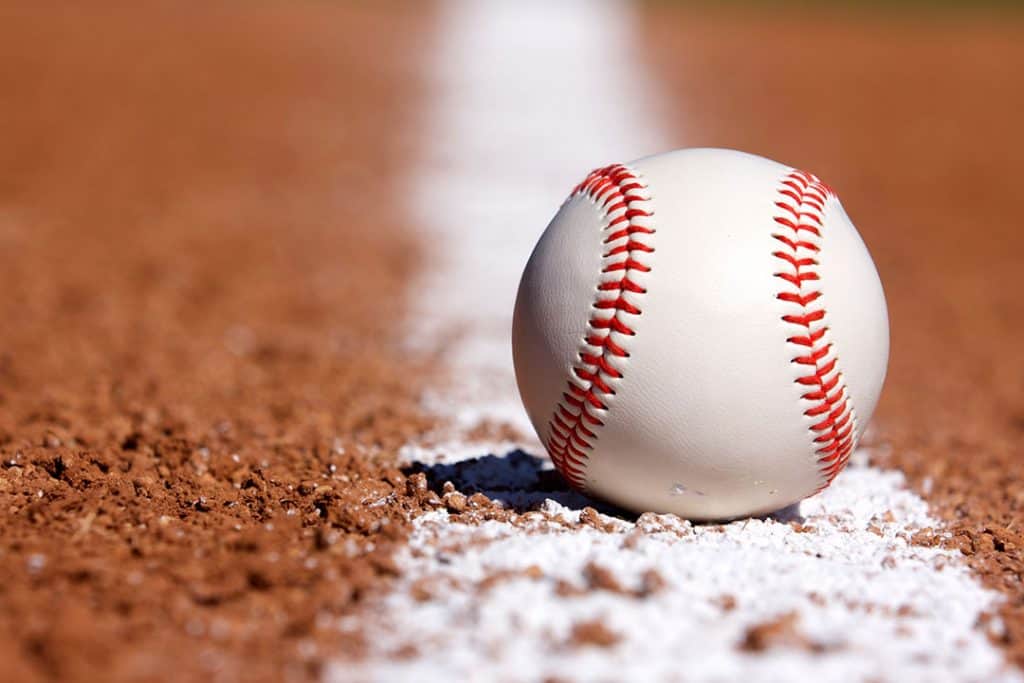
A lens with a fast maximum aperture offers two principal advantages.
Firstly, it lets in more light. And in photography light is everything; just consider that when shooting handheld in low-lighting conditions even a single extra stop of diaphragm opening can make the difference between nailing the shot or ending up with nothing but a series of shaky, underexposed images.
Secondly, a wider aperture produces a shallower depth-of-field. This means that if you want to be able to throw the background totally out of focus, you should go for a lens with a very fast maximum aperture.
However, a lens with a fast maximum aperture is usually accompanied by one notable disadvantage; cost. Indeed, with any focal length of lens, the faster the maximum aperture the more expensive the lens is likely to be.
Fifty-millimeter lenses are no exception to this rule. And if two otherwise similarly specced 50mm lenses differ only in their maximum apertures, you can almost guarantee that the faster one will be the more expensive of the two.
With that said, 50mm prime lenses are easier – and therefore cheaper – to manufacture with a fast maximum aperture than are, say, telephoto zooms or extreme wide angles.
This means that while f/4 is a fairly common maximum aperture on some types of lens, when it comes to nifty fifties, it is extremely unlikely that you will ever find one slower than f/2.8.
Even 50mm lenses with relatively fast maximum apertures such as f/1.4 can be picked up for a quite reasonable price when compared with a lens of a different focal length with the same maximum aperture.
Note, however, that neither of the advantages of fast maximum aperture lenses I’ve listed above are likely to be of much interest to landscape photographers, who will anyway probably be shooting on a tripod and aiming for a deep depth-of-field.
This being the case, if you primarily plan on using your 50mm lens for landscapes, you can probably save yourself some money by ignoring the f/1.4s and f/2s of this world and going directly for an unglamorous f/2.8 50mm lens instead.
Bokeh
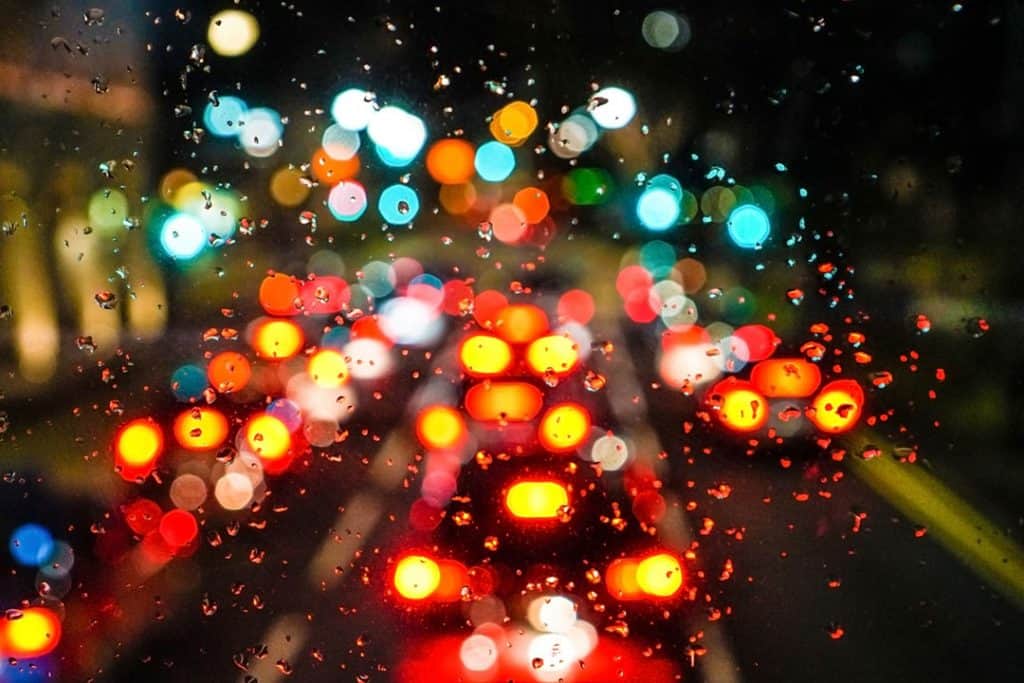
The way in which a lens renders out of focus areas of an image is often referred to as “bokeh.”
However, keep in mind that bokeh is more about the quality of photographic rendering than the degree to which a background or foreground is defocused.
The quality of lens bokeh can differ in a number of ways, with some lenses producing very soft and “creamy” backgrounds, and others rendering out of focus areas in a much more “nervous” and “bitty” manner.
Although generally the former kind of bokeh (smooth) is considered more desirable than the latter (busy), this is largely a matter of subjective opinion and certain quite busy lenses are highly valued for the swirly – almost psychedelic – bokeh effects they produce.
The number and shape of lens aperture blades play a big part in determining bokeh; with a greater number of rounded blades generally producing better results than fewer straighter blades.
However, aperture blades alone do not account for the entire bokeh result. And in reality bokeh depends on too many variables to be easily predicted merely from looking at lens specs.
Rather, when it comes to bokeh, the proof is very much in the pudding.
So if bokeh is an important consideration for you, be sure to check out a wide variety of shallow depth-of-field examples from any lens you are considering purchasing.
Sharpness
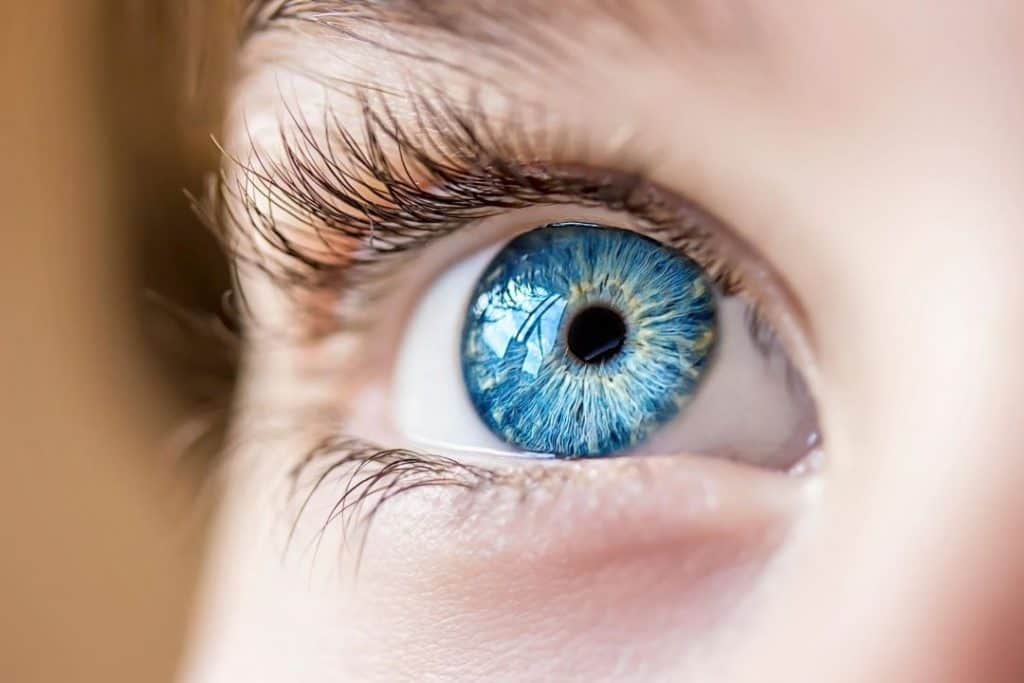
Nobody wants to go to all the trouble of taking great photos only to discover that the files are disappointingly lacking in detail and resolution when enlarged. Clearly, then, lens sharpness should be a key consideration for anyone considering purchasing a new lens; whether it be a 50mm lens or any other focal length.
However, it is important to understand that lens sharpness is never constant across all settings, or even all areas of the frame.
For example, most lenses perform pretty well at their center. But moving towards the edges of the frame, even very good lenses will tend to become less precise in rendering fine details. The degree to which resolution falls off at the edges is one of the main factors differentiating a great lens from one that just performs averagely; with only the very best lenses displaying similar levels of sharpness at both corners and center.
Another equally important matter to consider is that not only does depth-of-field change at different aperture settings, but so too does overall sharpness. Indeed, while most lenses will be pretty sharp when used at mid aperture settings (i.e. from around f/5.6 through to f/11), outside of this range results can vary considerably between lenses. The most sought after lenses tend to be those that maintain stunning optical performance even at their widest aperture settings.
With that said, 50mm prime lenses tend to be optically much simpler beasts than, say, ultra wide-angle zooms or enormous telephoto lenses (which require a comparatively greater amount of glass and moving parts).
And of course this makes it easier to deliver good image sharpness across a wide range of settings. Consequently it’s rare for a 50mm lens to really fail badly in this department.
Image Stabilization
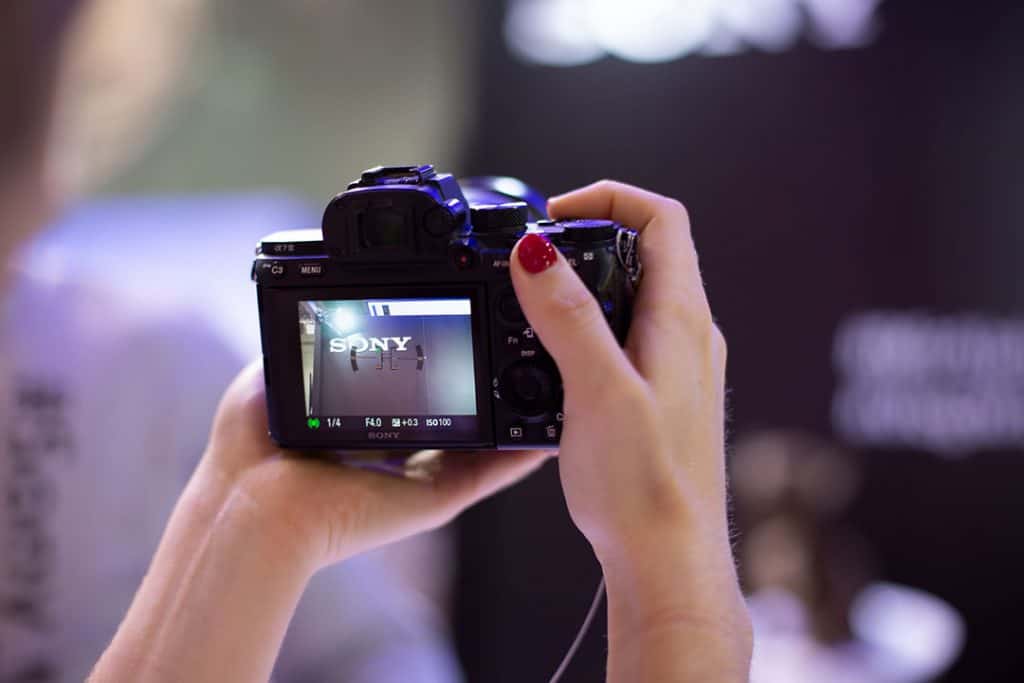
Image stabilization is undoubtedly a useful feature to have on a lens. And it will be almost essential on longer lenses such as telephotos; where it can be difficult to handhold a shot without ending up with blurry images due to camera shake.
With that said, vibration tends to be much less of an issue on a 50mm lens than with a longer focal length. Especially if the lens is not too big or heavy and/or is well balanced for use with that particular model of camera.
What’s more, as an a7III user, your camera already comes with in-body stabilization. This makes lens-based stabilization largely redundant here.
To be clear though, while your a7III may have you covered, it rarely hurts to have a little extra help with handheld shots. So it’s certainly not a problem if a lens also comes with a stabilization function of its own.
But if you will only be using the lens with your a7III (or indeed any other Sony model with in-body stabilization), you needn’t stress it too much if you end up with a lens that lacks image stabilization.
Final Thoughts
Sony’s a7III is undoubtedly one of the best options currently available for photographers looking for a full-frame Mirrorless solution. And while the a7III’s bundled kit lens does a pretty good job of providing the camera’s high resolution sensor with a sharply focused image, zooms are rarely able to compete with primes lenses on optical performance.
And if you’re looking to augment your lens line-up with a set of primes, it certainly makes sense to start with a trusty 50mm model. Indeed, it’s where I first started out on my adventures with prime lenses.
Versatile and discrete, and offering a relatively neutral perspective, a 50mm lens is suitable for nearly all genres of photography. And as these qualities can really help you concentrate on the fundamentals of photography – without relying on the lens to make the subject interesting – I would recommend a 50mm prime lens to anybody looking to improve their photography techniques.
Hopefully by reading my guide to the best 50mm lenses for the Sony a7III you’ve gained a clear idea which options will be most suitable for your own photographic style and budget.
Do you already own one the lenses I’ve reviewed above? Or would recommend an entirely different 50mm lens for use with the Sony a7III? Either way, I’d love to hear from you in the comments section below!

